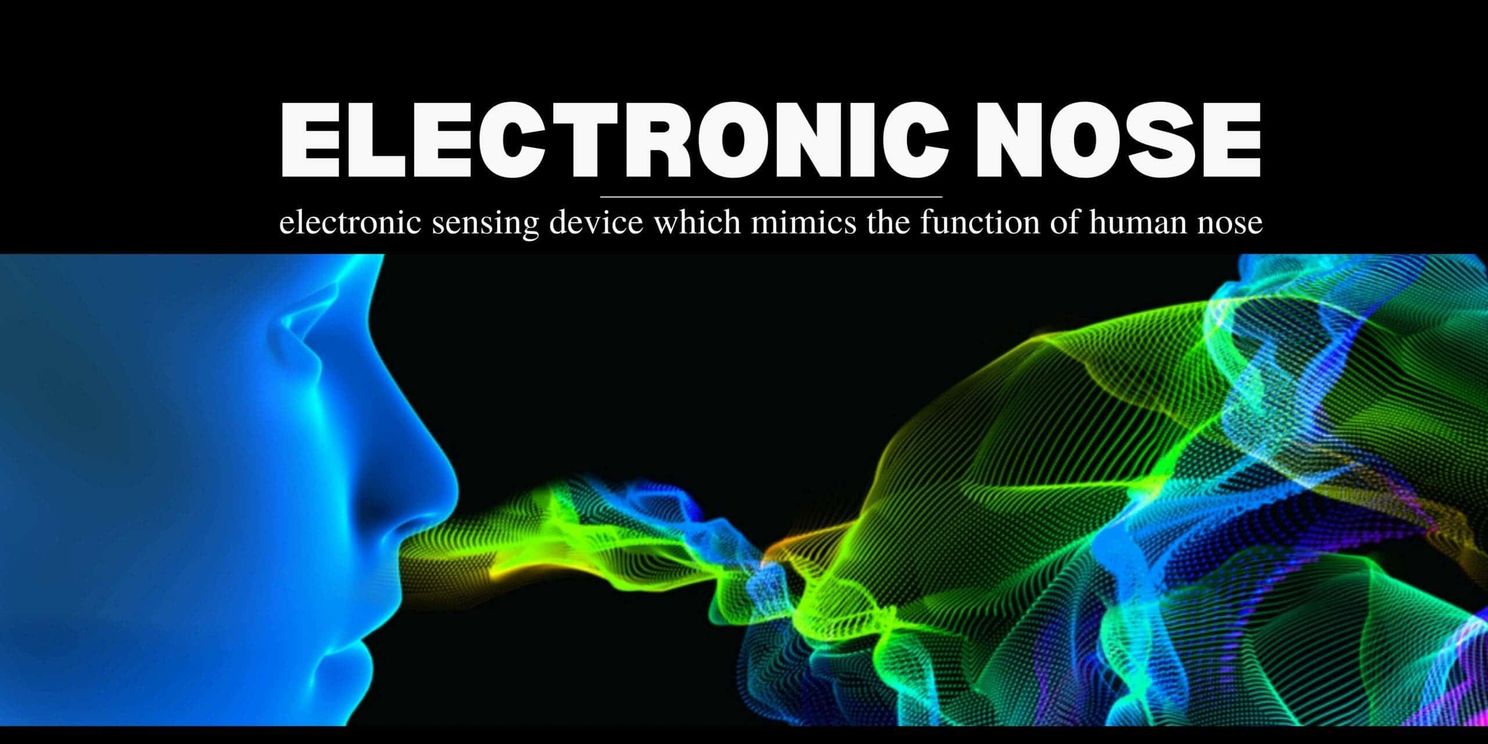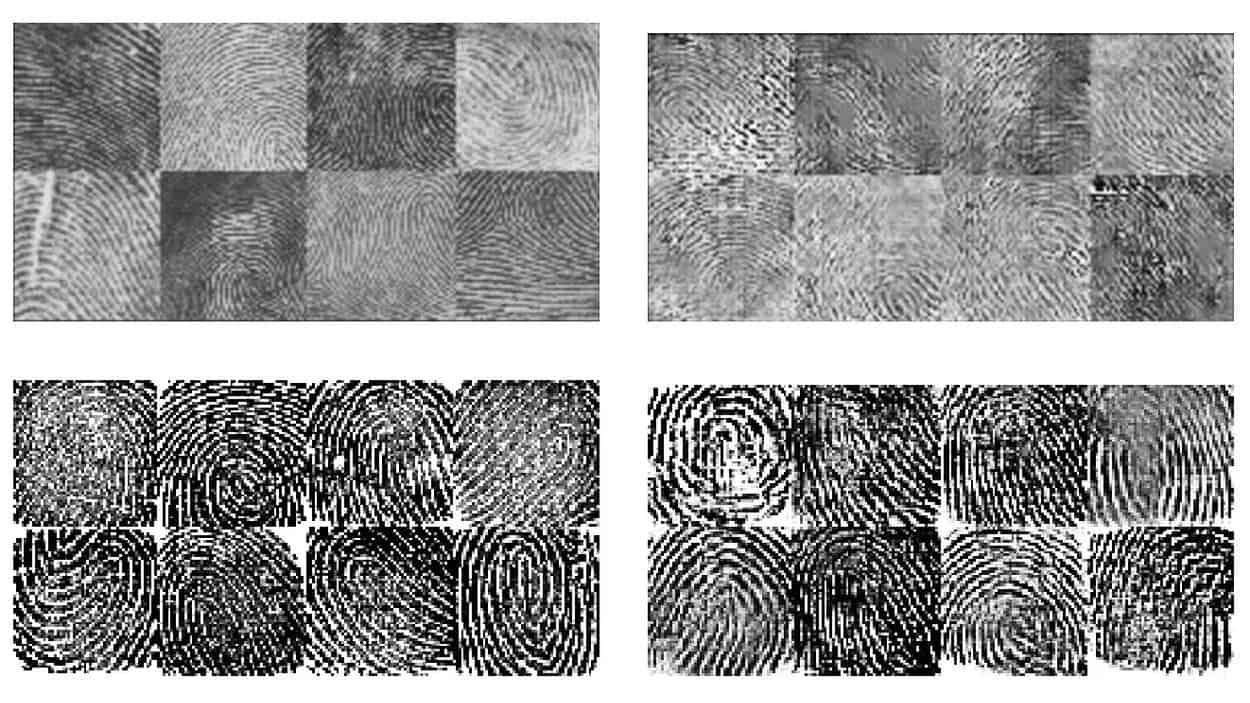Many think that face recognition is the most secure and the best biometric identification method. But it isn’t. If you wear a mask, it won't work properly. Moreover, on many devices, it won’t work at all. We know that some smartphones, such as iPhone 12 (and higher), support Face ID even when wearing a mask. But this also means the security rate decreases. That’s why scholars are still looking for a better identification solution.
In the past decade, we have experienced identification methods on smartphones. They include passwords, fingerprint recognition, face recognition, drawing patterns, etc. However, none of them are ideal in terms of both security and practicality. That’s why, when we hear about a new identification method, we try to rate its features.
Note: recently, Amazon launched the Amazon One payment method. The latter scans the surface of the palm, which is believed to be unique.
Also, we know that MasterCard has been testing a new identification method, which considers gait.
Recently, we found an interesting scientific article that describes a new way of user identification. At first sight, it looks quite interesting. But there are many technical difficulties with its implementation.
New Identification Method – Breath.
Recently, researchers at Kyushu University and the University of Tokyo in Japan have provided a new method for unlocking smartphones. Users only have to breathe.
To understand how this method works, we must get acquainted with a few terms. For instance, there is the so-called "electronic nose." The latter uses the olfactory sensor system. So it can analyze various smells in the air and accurately identify the components of the smell. In the food industry, the electronic nose can be used to detect which food is used and whether the taste is good.

Well, as you understand, the new identification method uses the electronic nose. But how can smartphones understand that breath belongs to someone?
It turns out the composition of the breath we exhale is very complex. For instance, when we eat, our breath changes accordingly. Even so, each of us has some unique chemistry in our breath. According to scholars, the air we exhale may be used to identify some diseases, such as diabetes.
The study we are talking about found that there are at least 28 compounds in a breath. The scholars used a 16-channel odor sensor. Each of the channels can identify several odors. Also, they used machine learning to analyze the chemical composition of each person's breath. Surprisingly, the accuracy rate reached 97.8%. By the way, facial recognition’s accuracy rate is 99.97%, while fingerprint scanners work at 98.6% accuracy.
Unfortunately, the research scale is too small yet. Thus, its results can’t be considered reasonable. In simple words, this technology is not mature yet.
All Biometric Identification Methods Are Insecure
Breathing on the phone to unlock it is not the most outrageous method. As said above, there are many ways of biometric authentication. They all use these or those “unique” features. Apart from the mentioned commonly used methods, we can also point out iris recognition, DNA recognition, ear canal scanning, fingers veins scanning, frequency of typing, etc.
But all these methods can’t provide ideal identification. The reason is that in various situations, their characteristics might change. Thus, they will still belong to us. But the system will think they don’t. Moreover, they all are physical methods. So due to injuries, they will change their shape. Even fingerprint recognition is not secure.
In 2017, some scholars created the so-called "universal fingerprint" that can unlock any smartphone. Thus, though our fingerprints are unique, there are still ways to outsmart the system.

Wrap Up
Anyway, we all need to protect our personal information. But we must admit that there is still no ideal identification method that will also be secure.






Place comments
0 Comments
You are currently seeing only the comments you are notified about, if you want to see all comments from this post, click the button below.
Show all comments